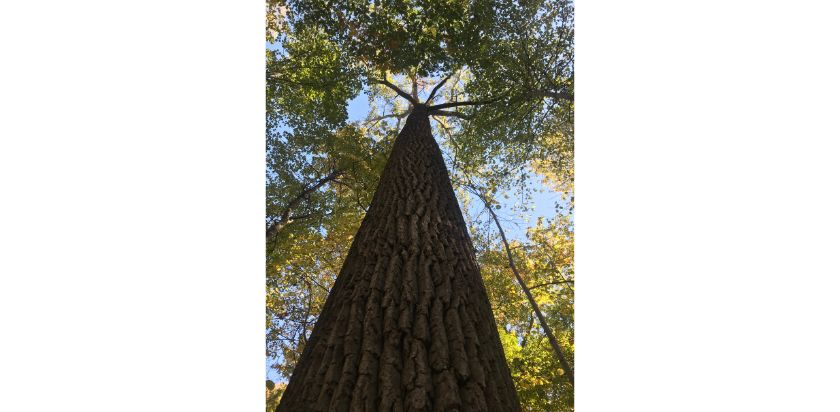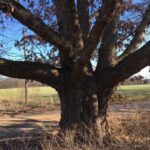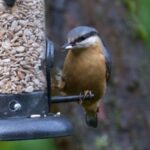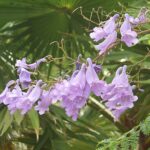Here’s one of my favorite photos of a tree I took while I was writing my tree book. Who, you might wonder, is this remarkable beauty?
On October 17, 2020, during what I still think of as the “hiking phase” of the pandemic, we left our house early—and very well-layered—to head north to Lake Huron. Once we found an isolated and empty public beach, we were happy for the thermos of coffee and box of donuts we’d brought along with us, but most especially for the sun rising higher in the sky. A chilly—but sunny—Fall morning. A good time and place to put things in perspective by staring at the horizon across a Great Lake.
A Giant
Eventually, we took to exploring the trails at Lakeport State Park, which is where I came across the tree. The deeply furrowed bark and a few yellow heart-shaped leaves scattered around it on the ground gave the species away: an Eastern cottonwood, one of my favorite species of trees. This tree’s trunk was taller than all the rest in the large grove of cottonwoods.
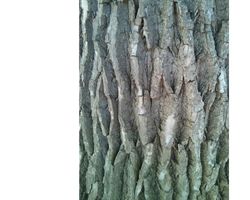
0 via Wikimedia Commons
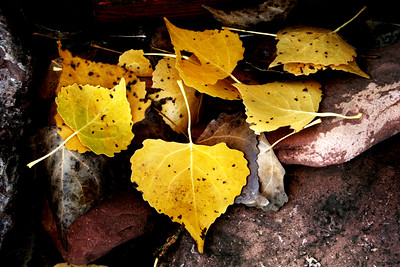
Cottonwoods–in the wild–generally choose to grow near a water source. They make this “choice” naturally because the tiny seeds at the end of their cotton parachutes, dispersed by the wind, need mud in which to germinate.
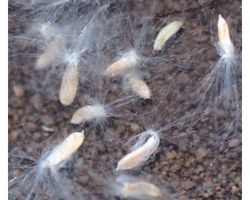
A cottonwood tree of this age and size can use 200 gallons or more of water a day, so a Great Lake shoreline is a perfect spot for these thirsty trees to flourish. If Eastern cottonwoods have a good growing environment, they can live beyond their typical 70 to 100-year lifespan, to reach between 200 to 400 years old.
Plan A
At one time, the photograph of the cottonwood at the beginning of this post was planned to be made to look like a painting and serve as the cover art of my third book. Instead, Lindsey Cleworth of Chicago designed the wonderful tree–its roots as veins–to grace the cover of Divining, A Memoir in Trees.
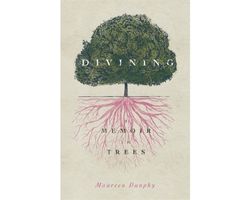
Messages?
. . . That day at Lake Huron—-before the book existed for which a cover was designed–we removed layer after layer of clothing as the sun and our walking warmed up the afternoon. A good day to find such a great tree by a Great Lake. Another way to put things in perspective on this one precious day was by staring up this particular cottonwood’s long trunk to the fine canopy sheltering us from above.
What messages were being transported down this cottonwood’s long antenna of a trunk? What messages were being emitted from her leaves to float on the breeze?
Perhaps you have noticed that even in the very lightest breeze you can hear the voice of the cottonwood tree; this we understand is its prayer to the Great Spirit, for not only [humans], but all things and all beings pray to Him continually in differing ways. — Heȟáka Sápa (aka Black Elk, 1863 – 1950)


